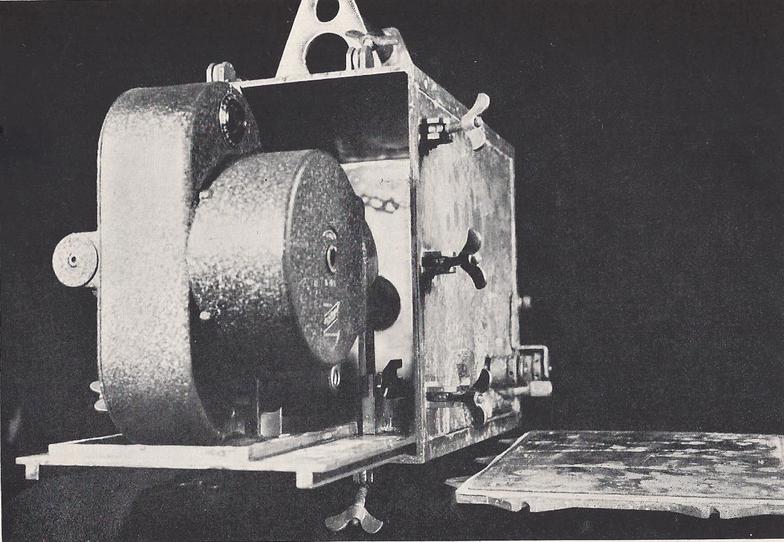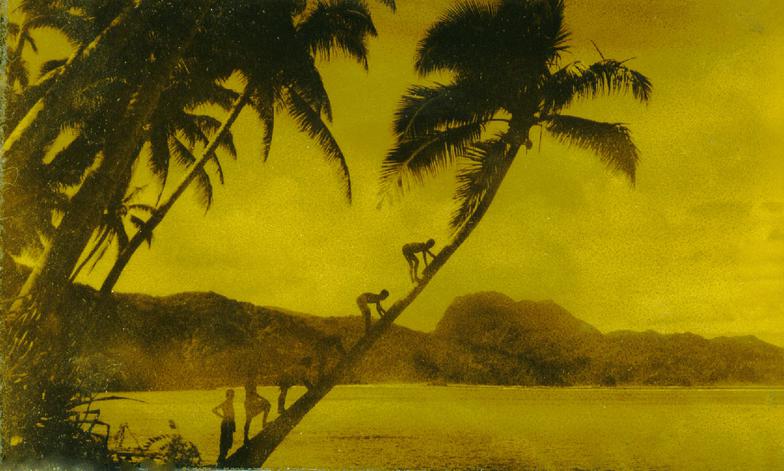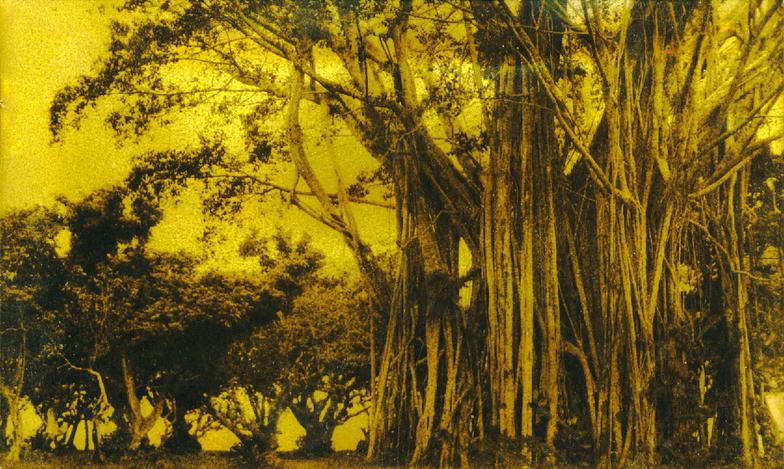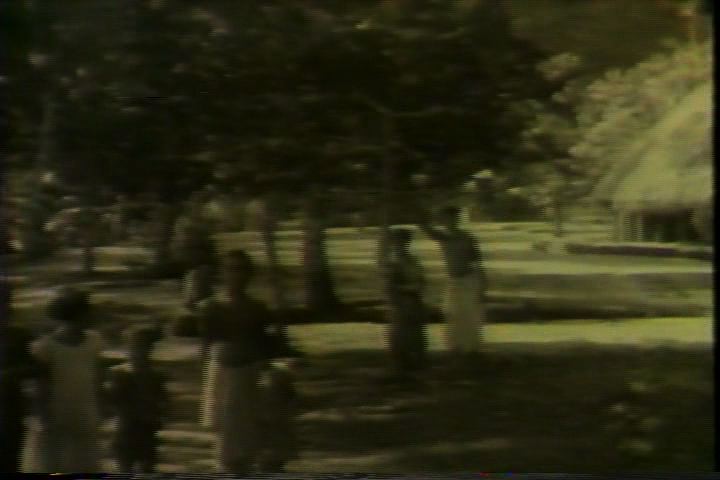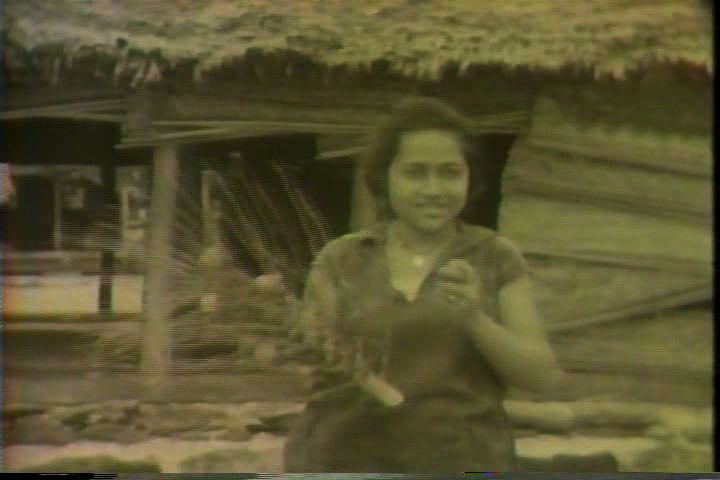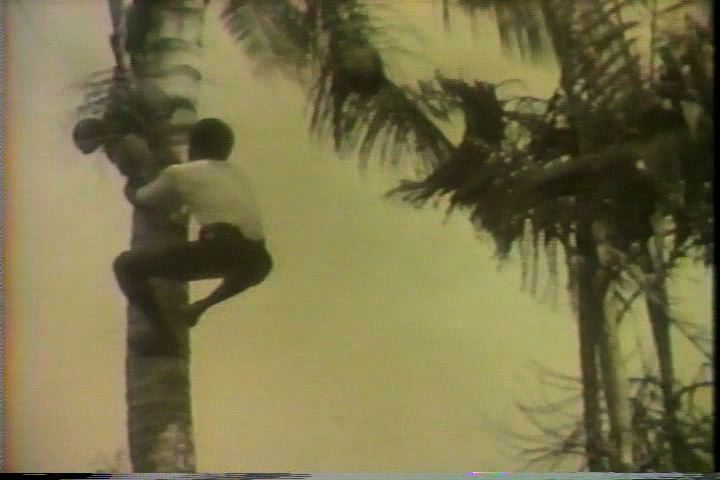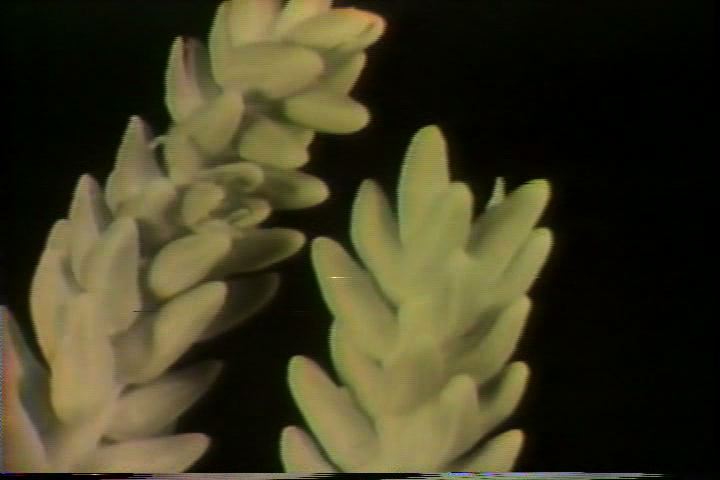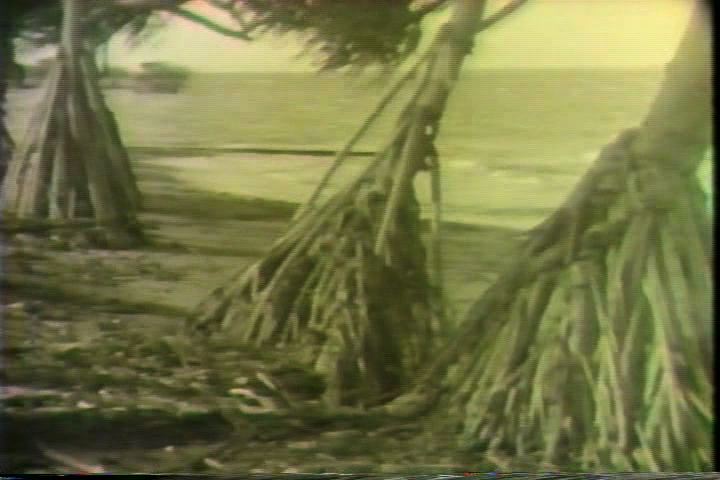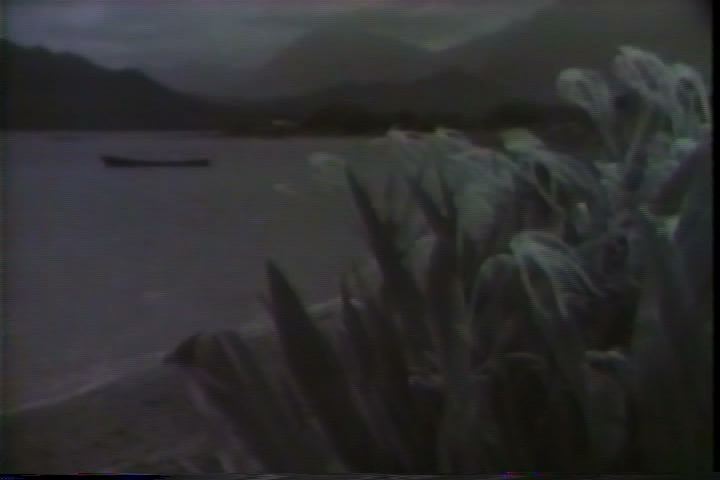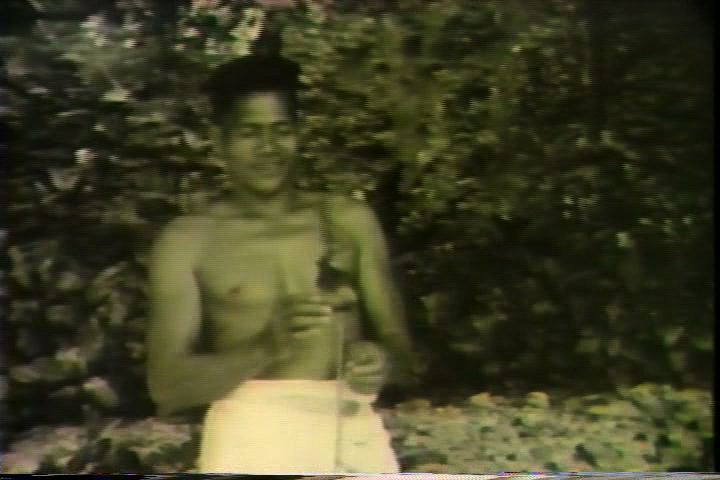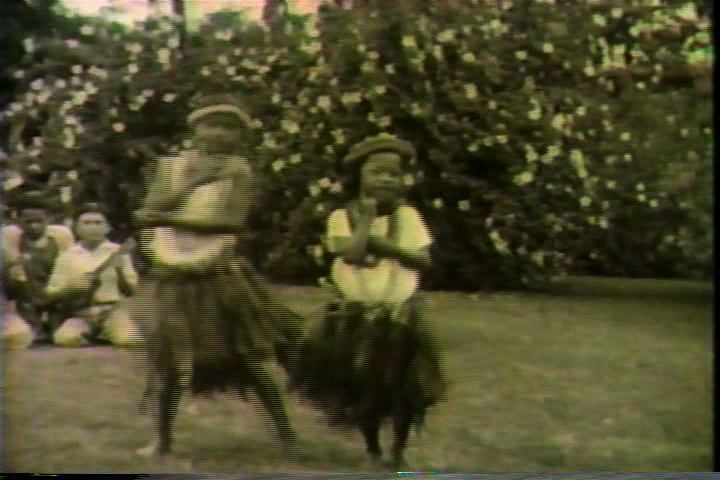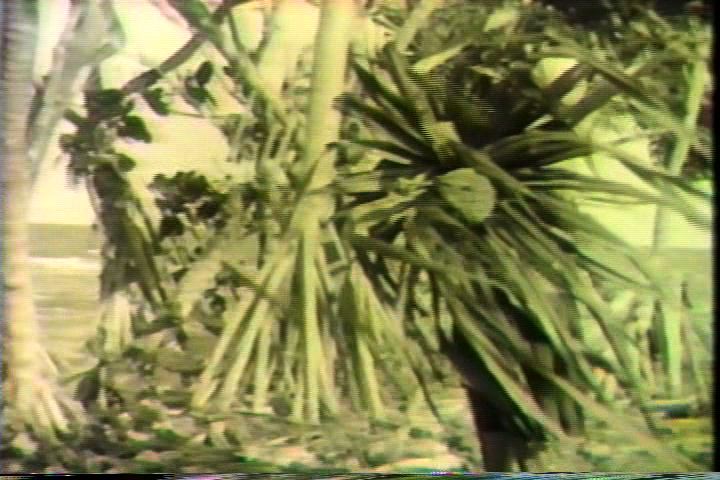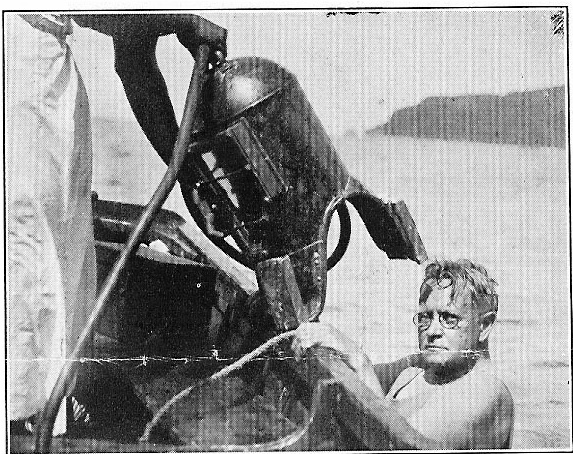We're committed to helping you
The Underwater Motion Picture Camera - 1930
He sailed to Pago-Pago in 1930 for the purpose of filming the first underwater motion picture. With him he took two cameras sealed in brass waterproof boxes he had designed at home in Oakland, California. A mechanical engineer Arthur C. Pillsbury built his equipment in his own shop. In his book, Picturing Miracles of Plant and Animal Life, Pillsbury provided instructions on how to do the same, building your own kit or having it made for you from his designs. He included estimates for cost along with materials. He advised the reader to learn how to swim, pointing out that this was a good idea if your intention was to photograph the residents and landscapes under the ocean.
With lapse-time photography for plants, the microscopic camera, and the X-Ray motion picture camera under his belt he was looking for more parts of the world to reveal to human eyes and minds. As audiences listened to his lectures on worlds previously unknown few, perhaps,
The book was, among other things, an instruction manual in how to build your own camera. It provided instructions on how each camera, lapse-time, microscopic motion picture, X-Ray and Underwater, was built, just in case you wanted to do it yourself.
The underwater cameras and breathing equipment were heavy on land, light in the water, one camera weighing 170 Lbs on land and only about 30 pounds when submerged.
The cameras were tested in advance, ensuring that the pictures made through the optical glass windows would work. Then came the task of readying his own gear.
Buying a second hand helmet he found it was so heavy he could not lift it an put it on his shoulders unaided. No matter. He knew that once underwater it would be more like wearing a hat, he said. The air pump, the air lines, film, all parts and replacements must be accounted for, packed, and carried with him. When the hardware store in three weeks away you can't mosey down there for the part you need. Pago-Pago was very primitive.
Arriving in Pago-Pago, Pillsbury chose the location for his film, considering the issue of coral that was attractive while avoiding the hazards the coral presented to bodily parts. Humm, he wrote walking across the coral strewn area, I will wear tennis shoes while exploring my filming sites. Having never dived before he knew he must learn that new skill rapidly if he was to return home with the film he wanted for his lecture tour.
No floating experience was involved. The 'boys' dropped him off the side of the boat and he landed in the sandy bottom below, spending some time clearing out his glasses so he could see. Then, to work. The sights were glorious.
“I soon began to enjoy the work very much and would stay down two of three hours till I had used all my film or taken all the good locations within reach of my hose and life line. Reaching the bottom I would pick up a tripod, metal to weight it, and a piece of ten-foot gas pipe for a cane and measuring rod, walk around till I found just the view I wanted-good coral, lots of fish and the right light, set up the tripod, measure the distance carefully, go back to get the camera, having to remember the direction as I could not see it even in that clear water if it was over twenty-five feet away, but I knew it was under the launch,and I could see her in the “ceiling” above me.”
“Fish were everywhere, swimming all around me, peeking into the window of my helmet, wondering perhaps what sort of new kind of fish I was. They were very tame, I could almost touch then, all colors-blue, yellow, black, red, even the delicate orchid and dater shades and so many combinations it was impossible to describe them.”
Pillsbury learned how to dive, use his camera, took notes for his lectures, completing his work in just few weeks. Learning to focus his camera underwater was handled efficiently, with on the spot testing showing him how to ensure his films would be sharp.
Walking in the forest of coral higher than his head he avoided the dark caves both because they could hold danger and because he could not photograph their contents in any case.
reflected on the fact that the images they were seeing were changing the world in which they lived. But that was happening.
In Pago-Pago Arthur C. Pillsbury found water clear enough to allow him to photograph the world of living creatures and landscapes that few people had ever seen. The first underwater motion picture was produced.
The trip had taken enormous preparations in work and study. Pillsbury wrote in his book,“(T)the cameras must be protected from salt water, inside a waterproof metal box and still allow me to do all the things necessary, so I designed brass boxes for two motion, and and one still, cameras and then a graphite-lined double-trapped stuffing box that was water-tight and still allowed me to crank the cameras, focus them, set the shutter, make the exposure and handle them almost as well from the outside of the brass box as I could no land.”
Local folks collecting coconuts
The Eyemo Camera ready to be locked inside its waterproof case for Under-sea work.
Anemone filmed in Pago-Pago
Encountering giant clams he said, “The giant clams thirty inches in diameter, large enough to weigh almost a ton, could crush the large bones of your leg if they close on it. I saw only one of these huge fellows and it would have taken a derrick to pull him loose and raise him into the boat”
Also present was the threat of sharks, which the native boys who stayed in the boat, knew from experience to watch for. Jelly fishes were also dreaded by the natives, some of these having tendrils ten feet long and poisonous.
“Still, with ordinary care there is no more danger than crossing a busy city street dodging one of “Henry's sharks,” and others of the species.” In this way Pillsbury tipped his hat to Ford.
In the end Pillsbury spent only ten days getting his films. It was enough. America was amazed that next year with scenes that lite their imaginations, leaving them wanting to know more about the world beneath the sea.
Few people visited Pago-Pago then. Aside from Navy personnel few people from the outside saw the glories of the islands. Now, thousands saw its underwater beauties and its people as Pillsbury toured America bringing the images and stories of their world to ordinary people.
“Almost no tourists come on account of the lack of hotels. Steamers southbound from San Francisco arrie with mail every three weeks and that is the grand market day for the natives. They gather in the Malai, a level grass-covered place in the village, and have their wares on sale-all sorts of things to tempt the tourist, tapa, kava bowls, Hula skirts, shells, coral, native fruit, model boats, war clubs, home-made jewelry, etc. It makes a colorful display, even the humble hen's eggs find a lace in this market place.”
Pillsbury and his wife eagerly bought Alofas, gifts, for their families at home in California. The holidays were coming, always a warm family event for all of them.
As they were leaving Pillsbury noticed the boy who had watched for sharks while he was filming many feet below the launch. Realizing he had forgotten to say goodby he hastened shore to say his farewell, giving him a small gift of thanks. “At the same moment he reached down, picked up a small kava bowl, passed it to me and said, “May God be with you on your journey home and ever afterwards. I trust you wish the same for me.” It took my breath away. I think it was the first time I had heard him speak English as he talked to Happy, my head boy who handled the life lines, in his native Samoan language.”
Pillsbury was both surprised and delighted. He had long realized that people were all more alike than different. With Happy Pillsbury had had long talks on conditions in the Islands, comparing them to California. Happy had wanted more education that the local schools could provide. A correspondence was taken up only to end with the beginning of World War II.
The images that Arthur C. Pillsbury took in Pago-Pago were to amaze minds. Those taken under the sea enlarged our knowledge, opening doors previously shut. The photos you see here show the other story of Pago-Pago, the story of its beauty and the people AC came to know well during those weeks. When the ship steamed into San Francisco the lecture on, Life in and Under the South Seas, was ready to present to America. Watch Extending Human Vision to see underseas footage
Under-Sea Photography
Just one adventure of a life time.
Scene shot from AC's camp in Pago-Pago
Kids watching AC Film
Pago - Pago lady showing Palm buds
Pago-Pago man getting a coconut
Palm flowers close up
Palm roots by the sea
Spider Boat in the bay in Pago-Pago
AC's assistant showing the root of the Palm
Pago - Pago children dancing
Palms with roots showing
Pillsbury, coming up with more films.

